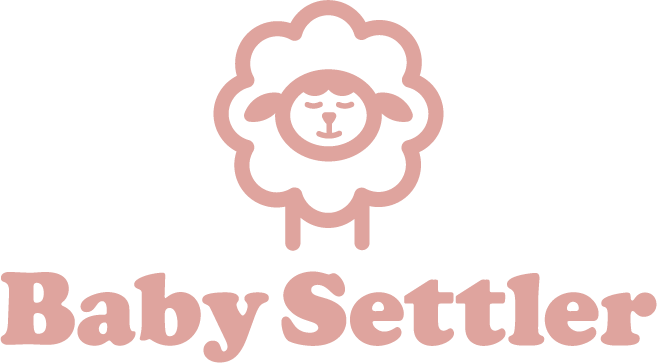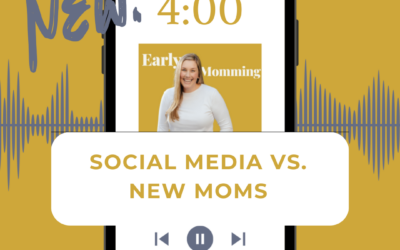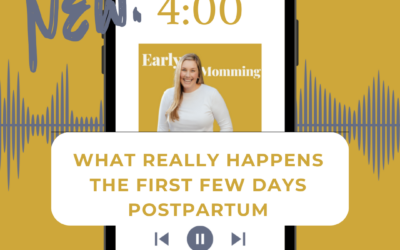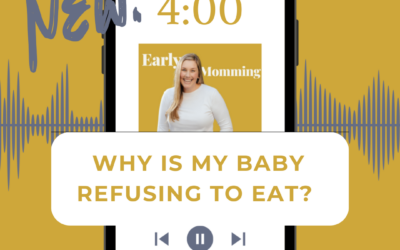
As your baby grows and exits the newborn phase, they start becoming more aware of their surroundings and interested in doing things other than sleeping and eating. Suddenly, when you’re trying to feed your little one, they seem to be interested in everything but milk.
We know that this can be a frustrating time for you, mama! You need to feed your baby, but they’re just not cooperating. Let’s take a look at the possible causes behind your baby’s lack of interest in feeding and what you can do about it.
What Makes A Baby Distracted?
The most important thing is to look for the route of the “problem”, then you can make a change to get your baby back to nursing or bottle feeding comfortably.
It’s typically an external factor causing the sudden pushback at the breast or bottle. It could be a developmental leap. During the first two years of your little one’s life, they’ll experience around 10 developmental leaps: At five weeks, eight weeks, 12 weeks, 19 weeks, six months, eight months, 10 months, one year, 14 months, 16 months, and one and a half years. Besides getting distracted when feeding, other signs of one of these leaps include fussiness and sleep regression.
Your baby could be struggling with teething or an illness. For the former, keep a wet washcloth in the freezer to give them before feeding to reduce discomfort. If they’re under the weather, continuing to breastfeed can actually help them recover! “Your breast milk contains antibodies, white blood cells, stem cells, and protective enzymes that fight infections and may help with healing,” says Medela.
Your baby can struggle to breastfeed if they can’t breathe out of their nose while ill, so express your breast milk and offer them a bottle.
If your baby seems to have no energy to feed or you have concerns about their lack of appetite, visit your healthcare provider.
How To Keep Babies Focused On Feeding
Here are five things you can do to reduce distractions so that your baby can get full feedings.
- Become Aware Of What’s Distracting Them
While you’re feeding them, what are your little one’s hands stretching towards? What are they staring at? If you’re feeding them in a room with bright lights, a TV, and multiple people milling about, this could be just too stimulating for your baby to handle.
Change things up. Go to another room and tell people not to disturb you, turn off the TV, put your phone on silent, and dim the lights – reduce distractions as much as possible.
Many mamas have also found success with playing white noise or soft, calming music. “I can only nurse my daughter in her room now, with her sound machine and no one in there…Find a quiet, calm, boring place and they’ll nurse!” Kelly B, explained to the La Leche League USA.
If you’re in a place where you can’t find a quiet, distraction-free spot to feed your baby, you can use a nursing cover (a scarf or shawl will do) to drape over you and your baby to cut out the visual stimuli.
- Feed Your Baby Right After They Wake Up
Take advantage of sleepy feeds! Feed your baby as soon as they wake up from a nap or right after they wake up after their nighttime sleep. Keep the light low and feed them while they’re still slightly sleepy. Then proceed to bring them out of their nursery to enjoy the rest of their wake window.
- Keep Their Hands Busy
You can choose what your baby is distracted by. Instead of having your little one wanting to push you away to focus on something away from you, bring them back to the moment. Do this by giving them a toy that will indulge their distraction without them wanting to push away from you.

- Change Up The Bottle Nipple
If you’re bottle feeding, your baby may be pushing the bottle away because they’re frustrated by the flow of the bottle nipple. Every growth phase that your baby goes through will need a specific type of bottle nipple for optimal feeding. Typically, the younger the baby, the slower the flow needed. This is because younger babies take in small amounts of milk at a time. As they grow older and the more milk they need, they can move on to bottle nipples with faster flows.
Here’s our guide for increasing bottle nipple size.
- Be Led By Hunger Cues
Babies can get hangry! Waiting until late hunger cues – such as crying and fussiness – can frustrate your baby and it can take longer for them to latch or take the bottle. Watch out for your baby’s early hunger cues so that you can feed them right away. Early hunger cues include opening and closing their mouth, turning their head from side to side (looking for the nipple), and sucking on their hands and fingers.
Important Tip For Breastfeeding Mamas: Protect Your Supply!
If your baby is going through a stage of decreased nursing, pump to help keep your breast milk supply at an optimal level. If you don’t, your supply will go down. Then when your baby decides they want to nurse again, they might be frustrated because there is less available milk. This can make getting them back to full nursing even more difficult.
Remember, mama, your baby is experiencing so many things for the first time! That’s bound to be distracting…Change up a few things in your routine to limit distractions and bring more calm to feeding time.




